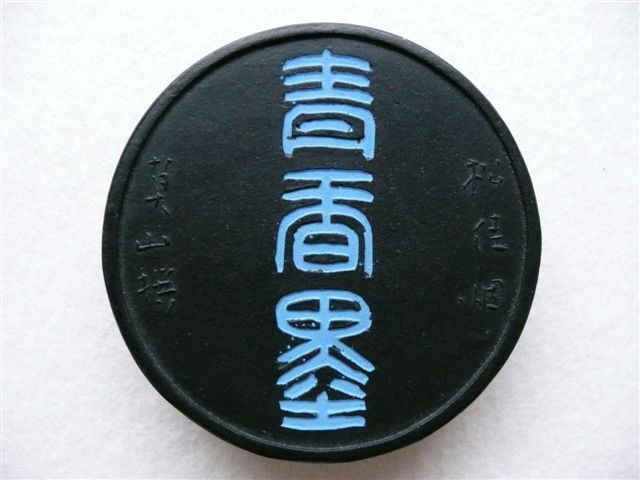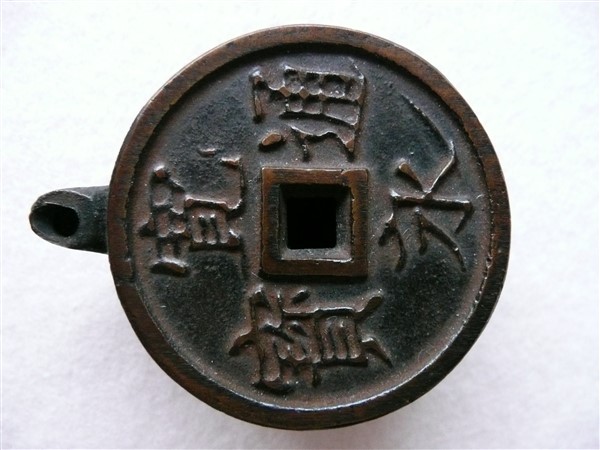SUMI-E

Sumi-e is the technique of ink painting on rice paper.
Sumi-e means “black ink painting” in Japanese. “Sumi” means black ink and “e” means painting.
Sumi-e is a traditional oriental art form of (mainly) black ink painting on rice paper. It is an expression of Zen Buddhism which originated in China. It was introduced into Japan in the 13 th century. The Japanese style is characterised by simplicity, elegance, and spontaneity. Paintings are made with basic brush strokes focusing on speed and simplicity.
Brush strokes or movements must capture the structure and the character of the subject, the spirit of the theme, i.e. the essence. Light, shadow, and background are not painted separately, but must be created by a single stroke of the brush.
This one brush stroke has to be spot on straight away for it cannot be changed. Any hesitation will result in a lifeless painting. There are no second chances in Sumi-e. Corrections are out of the question as they will always be visible.
 Sumi-e has a rhythm. Part of this rhythm is applying the correct tension and pressure to the brush. Only the essence is painted. However, in Sumi-e the empty parts in the painting, the white space, is equally important. The goal is to achieve maximum imagination with a minimum number of strokes.
Sumi-e has a rhythm. Part of this rhythm is applying the correct tension and pressure to the brush. Only the essence is painted. However, in Sumi-e the empty parts in the painting, the white space, is equally important. The goal is to achieve maximum imagination with a minimum number of strokes.
Please click here for further information on technique
Please click here to download the brochure


